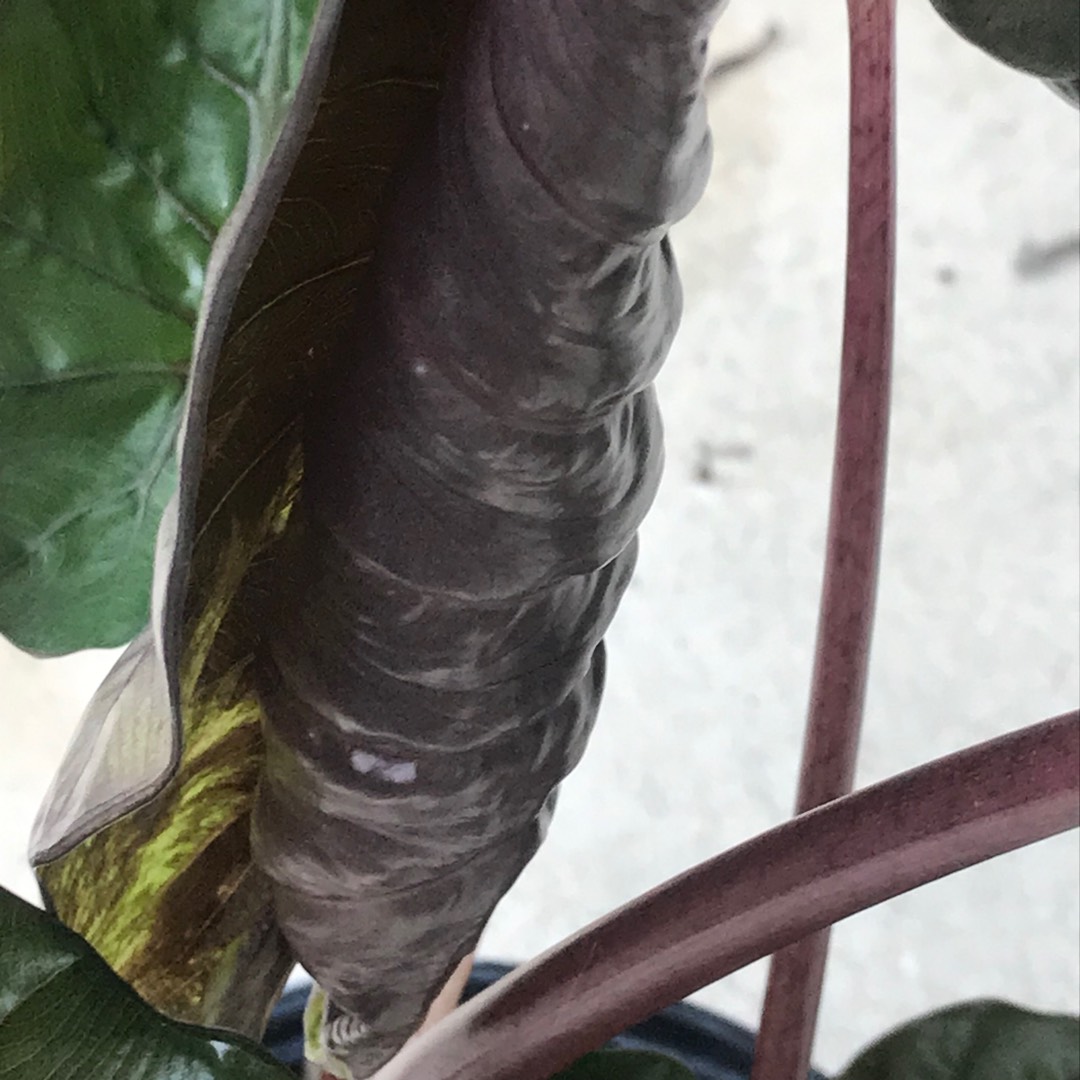
Alocasia Sarawakensis
Elephant Ear
Alocasia foliage is large and ribbed. The arrow-shaped leaves sit on large petioles and they can reach up to 2m long! It doesn't cope well with direct sunlight so keep it in partial shade. It looks great in a pot or looming over a flower bed. Alocasia sarawakensis boasts dark green to black upright leaves are puckered and command interest from great distances.
-
Full sun to partial shade
-
Occasional watering
-
Not Frost hardy
-
Moist and rich
Common name
Elephant Ear
Latin name
Alocasia Sarawakensis
type
Perennial
family
Araceae
ph
5.0 - 7.5 Acid - Neutral
Plant & bloom calendar
-
Best time to plant
full grown dimensions
 2.10 M
2.10 M
2.10 M
2.10 M
Alocasia Sarawakensis
Alocasia foliage is large and ribbed. The arrow-shaped leaves sit on large petioles and they can reach up to 2m long! It doesn't cope well with direct sunlight so keep it in partial shade. It looks great in a pot or looming over a flower bed. Alocasia sarawakensis boasts dark green to black upright leaves are puckered and command interest from great distances.
Planting
From Early Spring TO Early Spring
In temperate climates, Alocasia is usually grown in a heated greenhouse or as a conservatory plant. Alocasias need rich soil that is moist (not saturated) but well-drained. Plant in partial shade. Indoors, grow in filtered light. Provide high humidity. In warm climates, similar to their native humid and tropical Southeast Asia, elephant ears will grow as perennials. In cooler areas they will need to be replanted each year.













